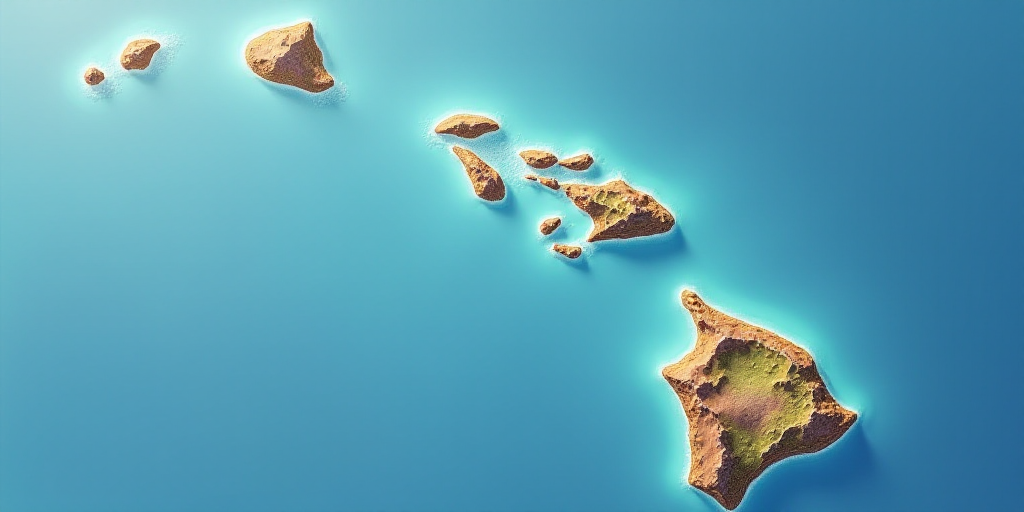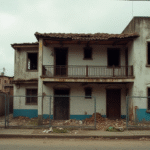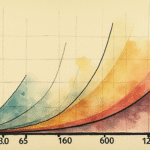Overview of the Earthquake and Tsunami Warnings
An 8.8 magnitude earthquake was recorded on Wednesday near Kamchatka Peninsula, Russia’s Far East. This powerful quake triggered tsunami warnings with waves reaching up to five meters near the epicenter. The warnings extended as far away as Hawaii, Mexico, and across the Pacific region.
Impact on Russia
The shallow earthquake caused damage to buildings and injured people in the remote Russian region. In Petropavlovsk-Kamchatski, a city of approximately 165,000 residents, the shaking lasted for several minutes. Yaroslav, a 25-year-old resident, described the prolonged trembling that made him fear walls might collapse.
A video from the regional health department showed medical personnel operating amidst the shaking, highlighting the severity of the situation.
Tsunami waves impacted parts of Kamchatka, partially flooding the port and fish processing plant in Severo-Kurilsk, and washing boats from their moorings. Drone footage confirmed extensive coastal flooding, with high-rise buildings and storage facilities surrounded by water that eventually receded back into the sea.
Kamchatka’s governor, Vladimir Solodov, described the earthquake as “serious” and “the strongest in decades,” surpassing the 1952 quake. Russian scientists concurred, stating it was the most powerful in the region since 1952.
Pacific-wide Tsunami Warnings
According to the United States Geological Survey (USGS), the quake struck at a depth of 19.3 kilometers, approximately 119 km east-southeast of Petropavlovsk-Kamchatski.
Tsunami warnings prompted evacuations along the Pacific coast of Japan, with alerts sounding in coastal cities. Decrees were issued for tens of thousands to evacuate, including workers from the Fukushima nuclear plant, which suffered a meltdown following the 2011 tsunami.
Images from NHK and Asahi TV depicted people taking shelter on rooftops in Hokkaido, while fishing boats left harbors to avoid potential damage from incoming waves. Sadly, a 58-year-old woman lost her life when her car fell down a cliff while evacuating in Mie Prefecture, central Japan.
Nissan Motor suspended operations in some Japanese factories to ensure worker safety. Authorities reported three tsunami waves in Japan, with the largest reaching 1.3 meters.
Despite the widespread warnings, no injuries or significant damage were reported, and there were no irregularities in any nuclear facilities, according to cabinet secretary Yoshimasa Hayashi.
Tsunami waves of 1 to 3 meters can be fatal, according to NHK. The National Tsunami Warning System indicated that waves over 3 meters were possible along certain Russian, Hawaiian, and Ecuadorian coasts. Waves between 1 to 3 meters were anticipated in countries like Japan, Chile, and the Solomon Islands.
Key Questions and Answers
- What was the magnitude of the earthquake? The earthquake registered at 8.8 magnitude.
- Where did the earthquake occur? The quake was recorded near Kamchatka Peninsula, Russia’s Far East.
- What were the tsunami warnings? Tsunami warnings extended across the Pacific, including Hawaii, Mexico, Japan, and other coastal regions.
- How did the earthquake affect Russia? The shallow quake caused building damage and injuries in the remote region. Tsunami waves impacted parts of Kamchatka, partially flooding ports and washing boats from moorings.
- What were the Pacific-wide impacts? Coastal cities in Japan and other Pacific nations issued evacuation orders. Despite warnings, no injuries or significant damage were reported.






